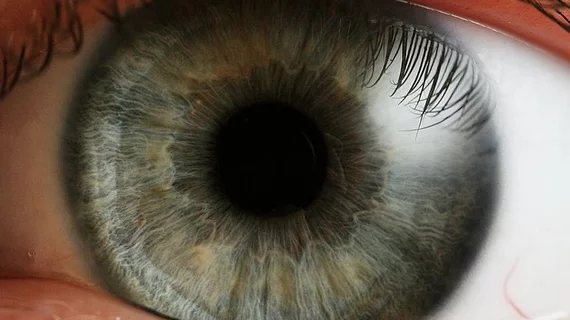Johns Hopkins University researchers have developed image analysis and machine learning tools to detect age-related macular degeneration (AMD), the leading cause of blindness for individuals over the age of 50, according to research published in the May 2018 issue of Nature Medicine.
“We’ve been able to show the feasibility of automated fine-grained classification of AMD severity that only highly trained ophthalmologists can achieve,” said Phillip Burlina, PhD, a co-principal investigator and researcher from the Johns Hopkins University Applied Physics Laboratory, in a prepared statement. “These techniques have the potential to provide individuals with automated grading of images to identify AMD or monitor those individuals with earlier stages of AMD for the onset of the more advanced stages when prompt treatment may be indicated to reduce the risk of blindness.”
The researchers, collaborating with scientists from the Singapore National Eye Center, tested the algorithms on several different Asian ethnic groups, including Malaysian, Indian and Chinese participants. They also reviewed recent work by the research community, examined the potential of AI applied to retinal image diagnostics and discussed requirements and future work needed to allow translation and deployment of these techniques for clinical and point of care scenarios, according to a Johns Hopkins news release.
“We were able to show that machines can do as well as humans for diagnosing AMD,” Burlina said. “So now we have started looking at other retinal diseases, and how to combine images with other sources of information—demographics, lifestyle factors such as smoking, and sunlight exposure—to automatically perform prognosis and predict the probability for five-year risk of developing the advanced form of the disease. The end goal is to help clinicians and guide treatment.”
The study expands upon the researchers' previous work published in 2015 and 2017, which demonstrated ways to automate AMD diagnosis and use machine diagnostics with deep learning to perform as well as human ophthalmologists in diagnosing AMD.
Burlina explained the team will also work with hospitals in Thailand, Brazil and France to see how algorithms trained from a database of specific ethnicities, demographics and imaging-capture scenarios can be adapted for different ethnicities and conditions, according to the news release.

